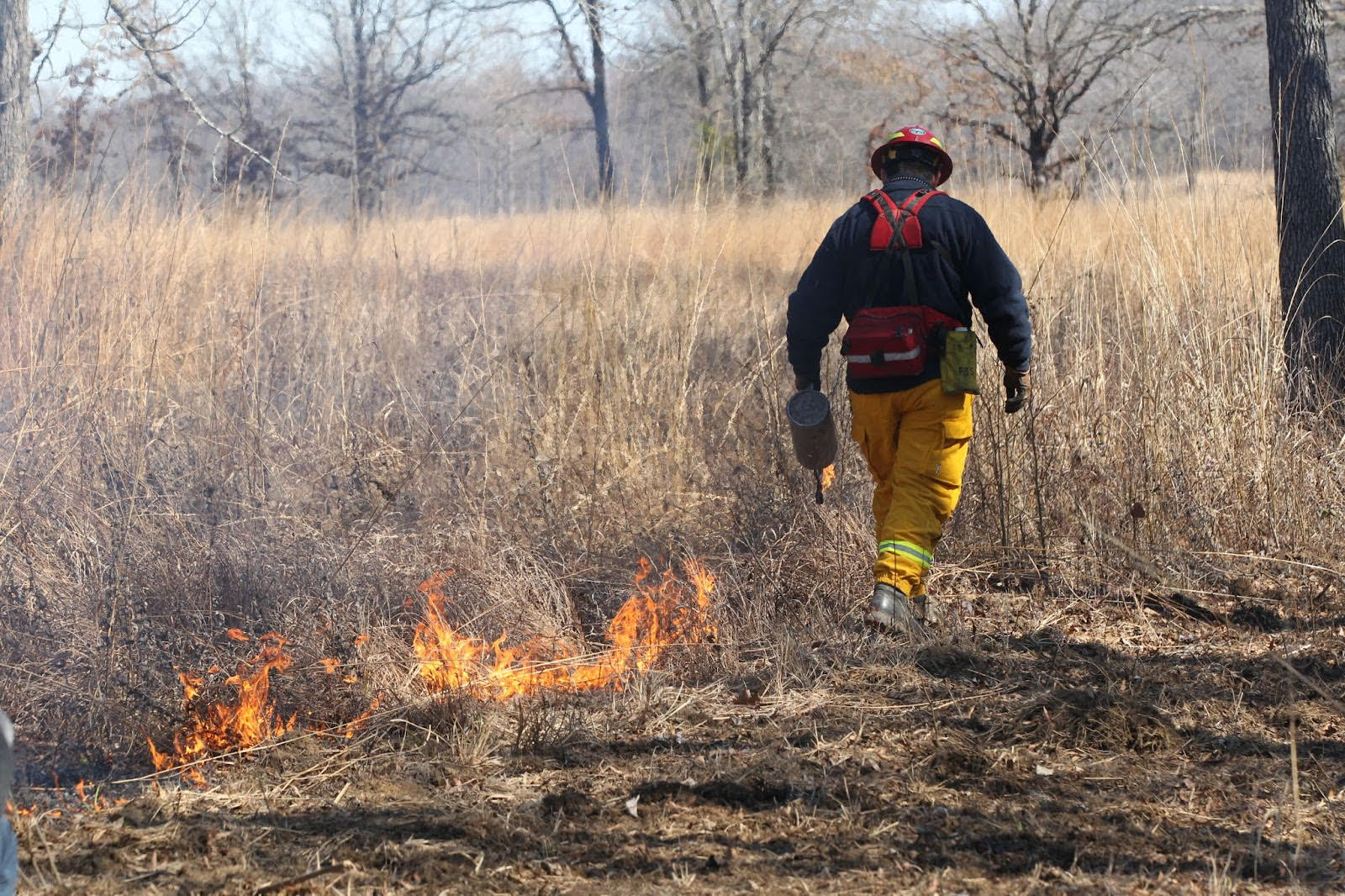Aging infrastructure may force tough decisions at AGFC
BY agfc
ON 03-31-2021
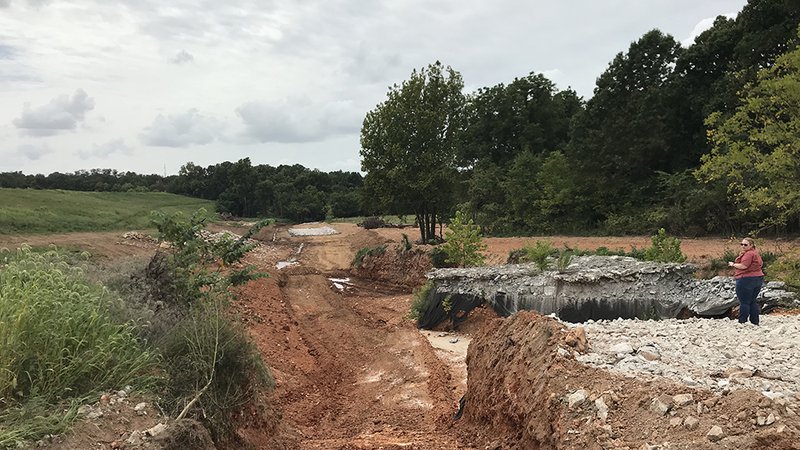
March 31, 2021
LITTLE ROCK — A new generation has stepped outside as a result of the global pandemic, discovering the peace, excitement and sense of wonder available through hunting, angling and outdoor recreation. Arkansas is blessed with countless opportunities to pursue these activities.
This blessing doesn’t come without a responsibility to maintain the quality of the state’s natural resources. The Arkansas Game and Fish Commission is facing a critical time in the agency’s history. Most of the lakes, hatcheries, buildings and other infrastructure controlled by the AGFC were built more than 50 years ago. Mechanical equipment, buildings and other manmade structures have a lifespan and need renovation or replacement, even in the best of conditions.
The AGFC maintains and manages more than 400 boat ramps, 50 lakes, five fish hatcheries and nine nature and education centers throughout Arkansas. It also manages more than 380,000 acres of wildlife management areas and manages millions of additional acres through cooperative agreements with partners on a local and federal level. Nearly all of these areas and facilities were created with the help of federal, state and local partners for the benefit of all Arkansans. While the agency has been able to shoulder the maintenance of many of these facilities, the time has come to reinvest in the resources we’ve come to enjoy so much.
“The road we are facing is not easy,” AGFC Director Pat Fitts said. “And it’s not inexpensive. We are facing as much as $250 million in needed repairs and renovations within the next 10 years above our normal operating budget.”
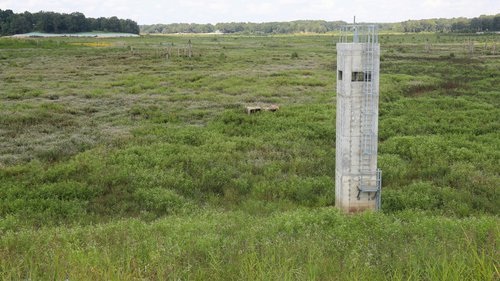
Fitts points to the recent example of Lake Poinsett in northeast Arkansas as just one of many demands the agency currently faces.
“At $3.3 million the Lake Poinsett renovation was the most expensive lake renovation in the agency’s history,” Fitts said. “But had we not acted and replaced the water-control tower, there may not have been a Lake Poinsett left for anglers to enjoy. Shoreline erosion also had reached the point that the lake’s aquatic habitat quality was suffering.
“Poinsett is not the only lake renovation taking place. We are in the process of repairing the spillway at Lake Elmdale at an estimated cost of almost $1 million, and we’re in the beginning stages of renovating Lake Wilhelmina to avoid a critical infrastructure failure there as well.”
While the operating costs of maintaining these lakes has steadily increased with inflation since these lakes were built, anglers have been able to enjoy these resources with one of the lowest license costs in the nation. In fact, the cost of a resident Arkansas fishing license has not changed since 1984, making it the oldest license cost in the U.S. Arkansas also offers great opportunities to pursue species ranging from trout and walleye to crappie and bass. Not every state offers these opportunities.
Arkansas’s lakes aren’t the only infrastructure issues the agency faces. The bottomland hardwood forests that ducks and duck hunters flock to each winter are under intense stress from years of flooding outside of the trees’ dormant season. Thousands of acres of trees have already died or are past the point of recovery, and many more could follow suit if something is not done soon. More than 50,000 acres of manmade greentree reservoirs on 16 wildlife management areas are in need of restoration, which will require many years, if not decades, of work.
“It’s hard to imagine, but if we don’t act and make some tough decisions, Bayou Meto, the crown jewel of public green-timber duck hunting, will be a shadow of its former self. Once lost, these systems could be gone forever or, at a minimum, would take a lifetime to restore,” Fitts said.
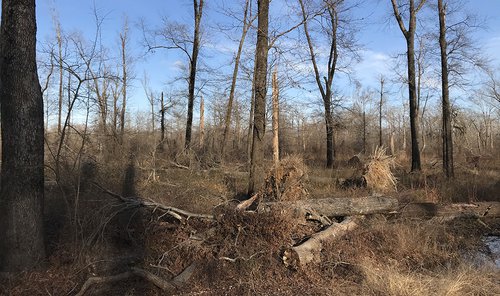
Just like Arkansas anglers, Arkansas hunters have enjoyed the same license cost for more than three decades. The current resident hunting license price was set in 1990, making it the longest standing cost for residents in the U.S. Outside-the-box thinking and collaboration with partners has continued to provide some of the agency’s needed funding but the challenges to come will be far above what is currently available.
The AGFC has developed a plan to address some of these obstacles. Partnerships with nonprofit organizations such as Ducks Unlimited can help solidify federal grants to aid in waterfowl habitat and wetlands restoration. Renewed partnerships with agencies like the Arkansas Department of Transportation may increase opportunities to use funds earmarked for boating access to improve a long list of boating accesses. The AGFC also is seeking new partners with shared interest in improving the countless AGFC properties important to citizens and communities across the state.
Even with these partnerships sharing the burden, the necessary funds to make critical repairs and renovations will be in short supply. In many cases, outside grant funds require the agency to fund 100% of the cost up front before receiving reimbursement and require significant resources to attract outside funding. Grants have a matching commitment and require upfront funding to leverage the outside funds. The challenge facing the agency is what must be sacrificed in order to repair one of the many lakes or wildlife management areas. Should the agency reduce efforts to improve habitat for quail, turkeys and waterfowl, decrease work to improve water quality and fish populations, or reduce education programing for today’s youth? One should not have to be sacrificed for the other.
The AGFC is a unique agency in that it owns public lands, raises and stocks fish, works with private landowners across all 75 counties and is heavily involved in educating a growing urban culture. The agency faces an uncertain future for these potential issues. What is certain is that more investments have to be made in these places while balancing the agency’s commitment to managing the fish and wildlife resources that contribute to what makes The Natural State a true outdoor paradise.
Recent News
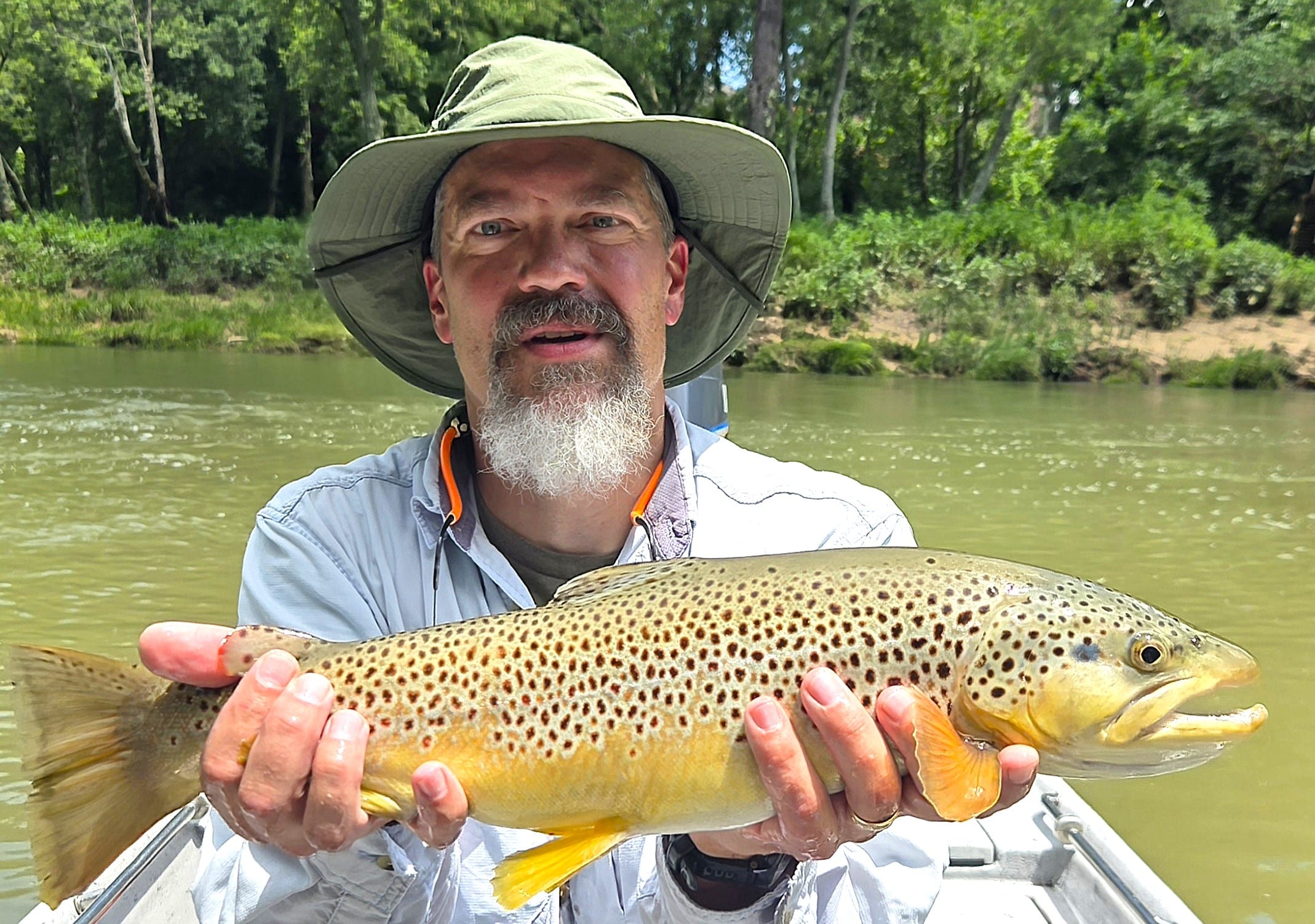
Arkansas Wildlife Weekly Fishing Report
Jul. 3, 2025
Subscribe to Our Weekly Newsletter E-mails
Don’t miss another issue. Sign up now to receive the AGFC Wildlife Weekly Newsletter in your mailbox every Wednesday afternoon (Waterfowl Reports are published weekly during waterfowl season and periodically outside the season). Fishing Reports arrive on Thursdays. Fill in the following fields and hit submit. Thanks, and welcome!

